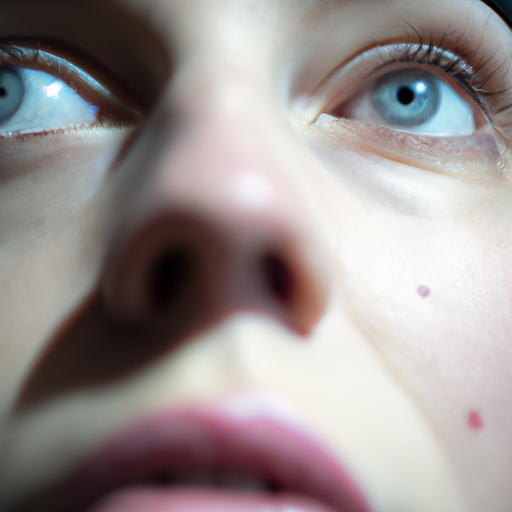Hyperpigmentation, a common skin condition characterized by dark patches on the skin, can be a source of distress for many. It is caused by an excess production of melanin, the pigment responsible for skin color. The condition can affect anyone, regardless of skin type or color, and can be triggered by various factors such as sun exposure, hormonal changes, inflammation, or injury to the skin. Despite its prevalence, effective cures for hyperpigmentation have remained elusive. However, recent advancements in dermatology have unveiled promising treatments that can help manage and reduce hyperpigmentation.
One of the most effective treatments for hyperpigmentation is topical creams containing active ingredients that inhibit the production of melanin. Hydroquinone, a skin-lightening agent, has been used for decades to treat hyperpigmentation. It works by decreasing the production and increasing the degradation of melanin pigments. However, due to potential side effects, it should be used under the supervision of a dermatologist.
Another potent ingredient is retinoids, derivatives of vitamin A. Retinoids not only reduce melanin production but also increase skin cell turnover, helping to shed pigmented cells faster. They are often combined with other lightening agents for enhanced effectiveness.
In recent years, natural ingredients like kojic acid, arbutin, and licorice extract have gained popularity as safer alternatives to hydroquinone. These plant-derived compounds work by inhibiting tyrosinase, an enzyme involved in melanin synthesis. They are generally well-tolerated and suitable for long-term use.
Chemical peels are another effective treatment for hyperpigmentation. They involve applying a chemical solution to the skin to remove the top layer of dead skin cells, revealing fresher and lighter skin underneath. Glycolic acid, lactic acid, and salicylic acid are commonly used in chemical peels. The strength of the peel can be adjusted according to the severity of hyperpigmentation.
Laser therapy is a more advanced treatment option. It uses focused light energy to break down the pigment in the skin. The body’s natural healing process then removes these pigment particles, lightening the skin. Different types of lasers are used depending on the depth and type of pigmentation. While laser therapy can provide dramatic results, it requires multiple sessions and can be costly.
Microneedling, a procedure that involves creating tiny punctures in the skin using fine needles, has also shown promise in treating hyperpigmentation. It stimulates collagen production and allows better penetration of topical treatments, enhancing their efficacy.
While these treatments can effectively reduce hyperpigmentation, prevention is always better than cure. Sun protection is crucial as UV rays stimulate melanin production. Regular use of a broad-spectrum sunscreen, wearing protective clothing, and avoiding peak sun hours can help prevent hyperpigmentation.
In conclusion, while hyperpigmentation can be challenging to treat, advancements in dermatology have provided us with a range of effective solutions. Whether it’s topical treatments, chemical peels, laser therapy, or microneedling, there’s a treatment to suit every individual’s needs and preferences. However, it’s important to remember that results take time and consistency is key. Consulting a dermatologist can help determine the most appropriate treatment based on your skin type and condition. With the right treatment and preventive measures, achieving clear and even-toned skin is possible.



